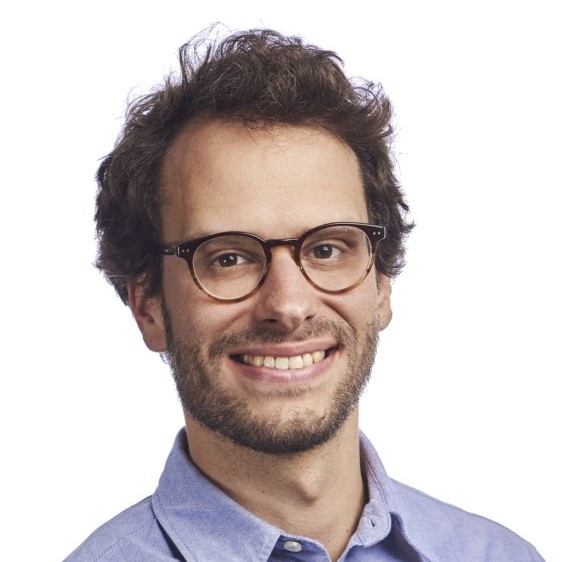Summary

Applied geoscience is key to some of the largest global challenges. Understanding how rock formations and sediments behave from a physical point of view is essential, whether it concerns CO2-storage in geological formations to mitigate global warming, managing groundwater resources, geothermal energy or conservation of natural building materials.
I study the flow of fluids through the pores of rocks and sediments, which is a key aspect of all the aforementioned applications. These applications typically involve kilometer-scale geological bodies, but the fluids are to be found in nanometer- to millimeter-sized pores. The microscopic pore structure of the rock therefore strongly affects its effective fluid flow properties. My work encompasses both numerical and experimental aspects, and can be broadly classified as "Digital Rock Physics". It involves 3D microscopy, using scanners that have a similar working principle to CT scanners in hospitals, but at much higher resolution (down to approximately 1 micron). The resulting images of a rock's pore space are then used to perform numerical simulations of (multi-phase) flow, and can even be used to study experimentally how fluids are distributed within the pore space.
During my PhD (Ghent University, Belgium), I developed 3D image-based, multi-scale pore network models to simulate drainage and imbibition in complex, heterogeneous rocks. Furthermore, I was part of a team that developed and applied a first-of-its-kind high-resolution CT-scanner that can “film” fluids in 3D dimensions as they flow through the pores in a rock. I used the first results of this so-called 4D micro-CT scanner to study the dynamics of drainage at the pore scale (using in-situ flow experiments).
Awards and Grants
- - Interpore - Porelab Award for Young Researchers 2019
- - Post-doctoral fellowship funded by the Research Foundation – Flanders (FWO, 2018)
- - Co-PI (at foreign institution) on the project “VisioFlow: Advanced macromodel generation based on microscale visualization of two-phase flow through porous sedimentary rock” funded by FWO
- - Interpore Procter & Gamble Student Award for best poster presentation.
Selected Publications
Bultreys, T., Lin, Q., Gao, Y., Raeini, A. Q., AlRatrout, A., Bijeljic, B., & Blunt, M. J. (2018). Validation of model predictions of pore-scale fluid distributions during two-phase flow. Physical Review E, 97(5), 053104. DOI
Bultreys, T., Van Hoorebeke, L., & Cnudde, V. (2015). Multi-scale, micro-computed tomography-based pore network models to simulate drainage in heterogeneous rocks. Advances in Water Resources, 78, 36–49. DOI
Bultreys, T., De Boever, W., & Cnudde, V. (2016). Imaging and image-based fluid transport modeling at the pore scale in geological materials: A practical introduction to the current state-of-the-art. Earth-Science Reviews, 155, 93–128.
DOI
Contact: Tom Bultreys